What makes a woman's watch?
Diamonds, dainty and delicate, right? Wrong: defining a woman's wristwatch in 2020 is rather more complicated.
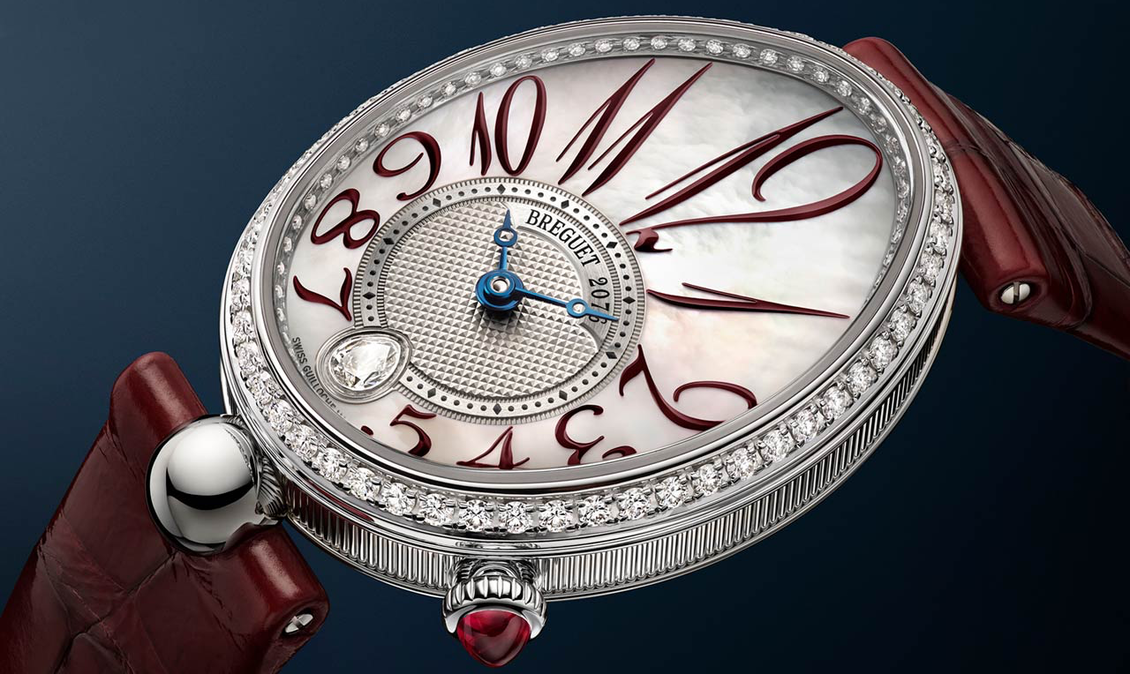
Here's a fun horological fact. The wristwatch, long before it became a staple for the man about town, was almost entirely a woman's affair.
In 1810 French watchmaker Abraham Louis Breguet made a wristwatch for the Queen of Naples, Caroline Murat. It took Breguet a few decades, but in 2002, the brand dug into their archives and released an elegant ovoid-shaped watch, the Reine de Naples', in honour of the original.
And while the market for courtly, royal timepieces is a little smaller today than Europe in the nineteenth century, the Reine de Naples' has proved to be a smash hit for Breguet, a delicate, precious ovoid case, with elaborate dials, diamonds and glossy leather or satin straps.
To my mind, the success of this watch lies with the fact that it offers a clear vision of what a woman's watch is.
A distinct shape, leaning towards jewellery, but with function no way sacrificed for the sake of form: the mechanism is given just as much attention as the exterior. Breguet aren't the only ones to cater to women by offering a unique model.
Many brands now boast a dedicated collection with women in mind. Vacheron Constantin's recent Egérie collection adds some haute couture to the high watchmaking, and who knew pleats would work so well on a watch dial.
Another popular – dare I say stereotypical – understanding of a woman's watch is, well, a smaller and more dazzling version of a men's design. This is not something unique to watches.
There's an old marketing mantra of 'shrink it and pink it': taking an existing (and, by default, male-oriented) product, make it small and give it a feminine makeover.
It's not precisely a sophisticated take on female consumers these days, yet this sort of watch is alive and well in Switzerland. Perhaps that's because there's often merit to the 'shrink it' side of the equation. Oftentimes female wrists are more slender than male, and lots of women prefer a smaller case size.
One particularly well-executed example of a slightly smaller, more jewelled version of an extant model is the this Longines Record Australian Limited edition ($6,995).
The 38.5mm case size is a little smaller without being dainty – indeed, I would happily wear this case size – and the mother-of-pearl dial and healthy dose of 65 diamonds across the case and dial adds a solid amount of traditionally feminine flair.
Cartier's Panthère de Cartier is a recent women's release that occupies an interesting middle ground between these two approaches.
The Panthère is based on one of the 'it' watches of the 80s. The modern incarnation is purely aimed at women, with dainty proportions, diamonds and supple flowing bracelets a-plenty. It's the sort of casual chic at which Cartier excels.
However, the original version was a much more unisex offering, spotted on the wrists of the then up-and-coming Pierce Brosnan, and the perennially leathery Keith Richards.
Holding Cartier up in this capacity is somewhat unfair, as few brands have the equity or design capacity successfully reinvent a watch collection in this way. But then Cartier have over a century of experience at making shaped watches that, in many ways, go beyond gender expectations.
A woman to watch
Speaking of, it might be surprising that one of the world's foremost high profile watch collectors is none other than talk show host Ellen DeGeneres.
Pay attention to her wrist next time you tune into her eponymous show and pay attention to her wrist. I'm willing to bet she'll be wearing a different watch every day, and all of them are – in the eyes of those who care about such things – tasteful and, well, cool.
Her taste leans heavily towards the classics: Patek Philippe and Rolex feature heavily. And, interestingly for our purposes, practically all her watches are what we would traditionally call a 'men's' watch. Larger cases, sporty, chunky designs.
There's a reason watches like the Rolex Submariner, and the Omega Speedmaster have remained unchanged over the last 60-odd years, they're genuine modern icons and look great on anyone wearing them, regardless of gender or anything else.
Which brings me to my last point. We're in 2020, not 1810, so do ideas of male and female even have a place in how we tell the time? Not at all.
But - and here's a scoop – watches aren't really about telling the time, they're expressions of style, status and identity. And all those things are very much gendered. More than that, they're also very subjective. So really, only one thing makes a woman's watch: whether or not a woman is wearing it. Nothing else matters.
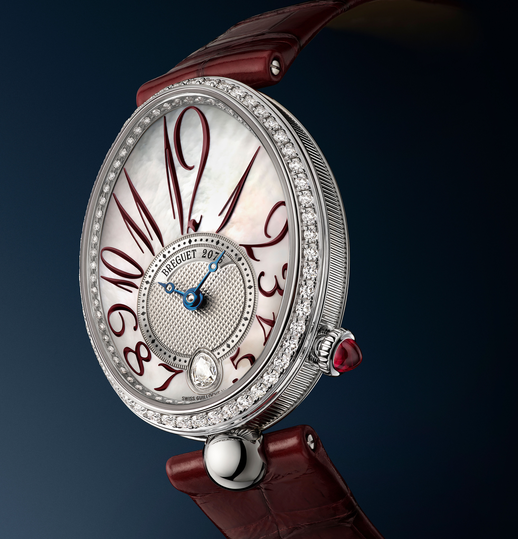
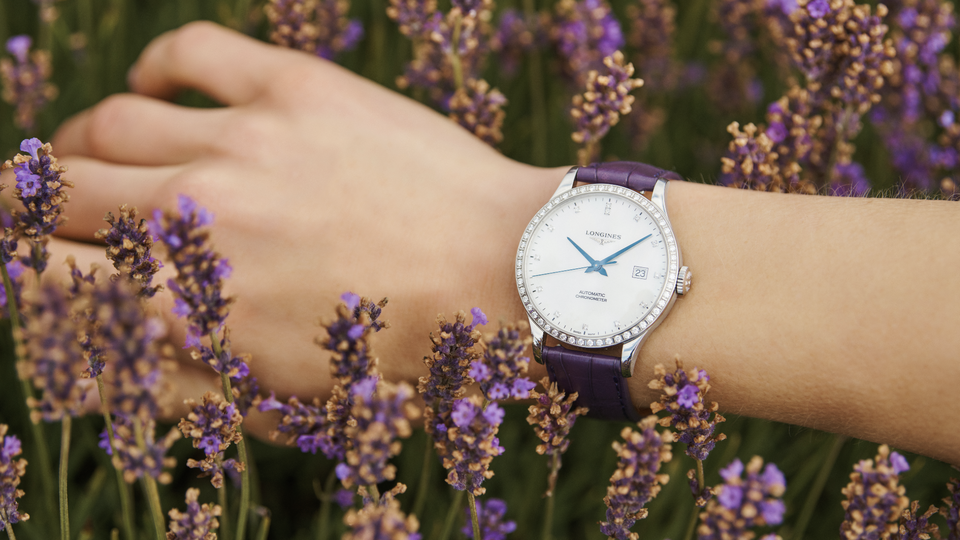
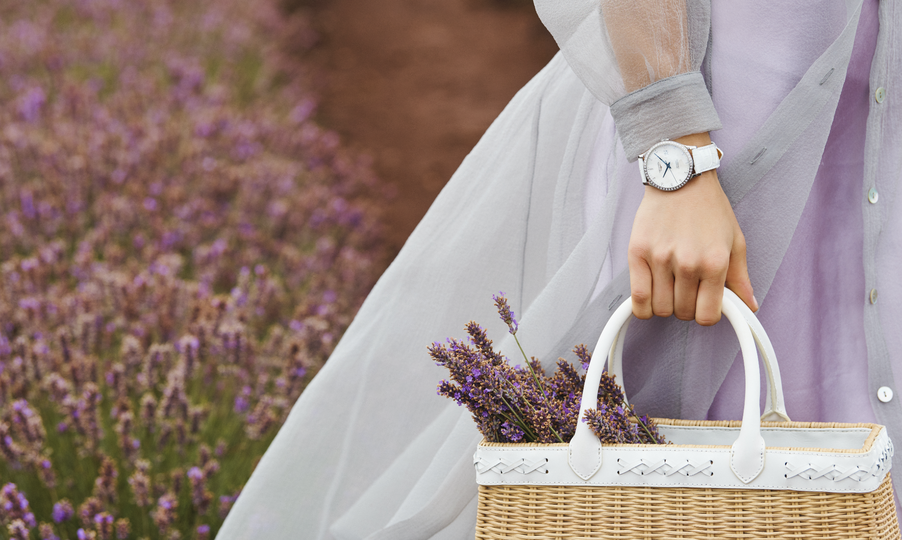
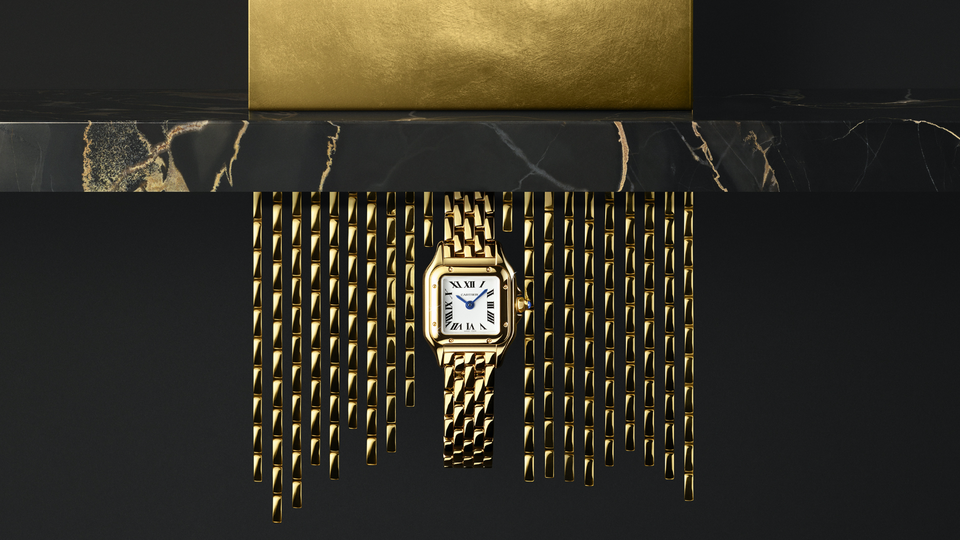
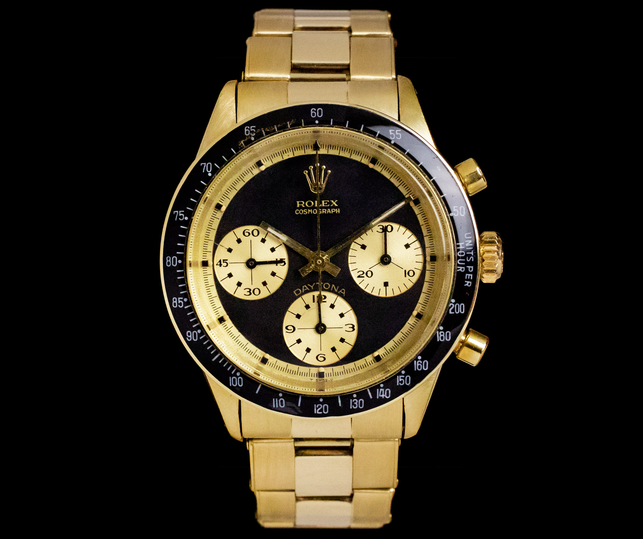

Hi Guest, join in the discussion on What makes a woman's watch?